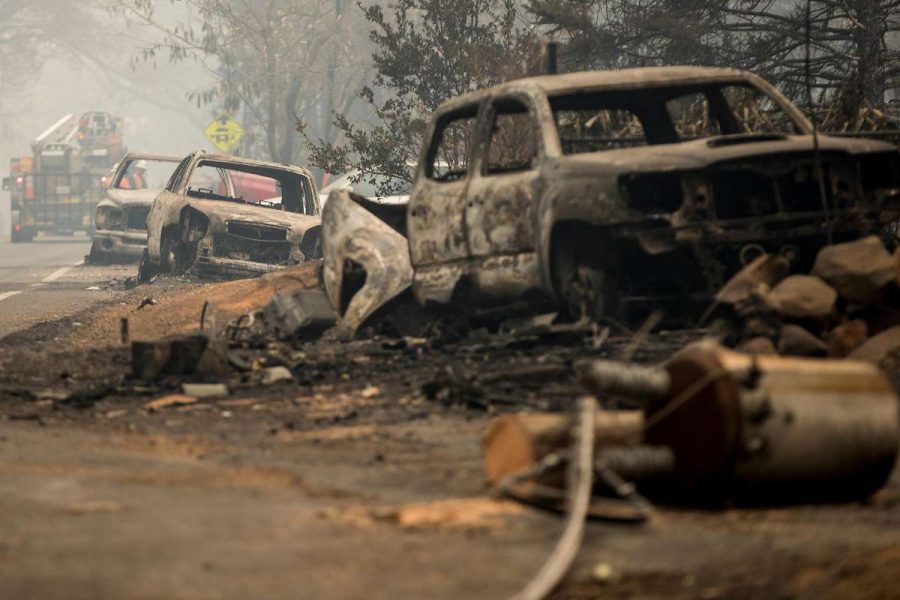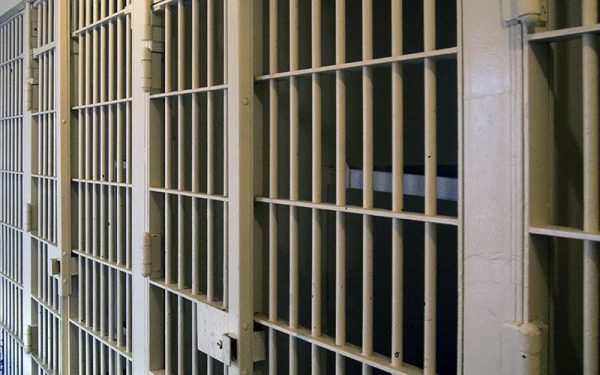The Aftermath of the California Wildfires
Scott Strazzante/The Chronicle
Ruined cars after the California wildfires’ passed through the region
Beginning less then two weeks into November, wildfires in California began and rapidly expanded across thousands of acres. First came the Camp Fire in northern California, that consumed the town of Paradise and continued on, leading to a death count of 79, with many still missing. Then following shortly after, the Woolsey and Hill Fires began near Los Angeles and Ventura counties. The Woolsey Fire was contained in less then a week; however in that short period it covered over 90,000 acres and led to the destruction of over 1,500 buildings and three deaths.
Chiara Moni is a foreign exchange student from Italy who is currently spending a year in the United States as part of a student program. She spoke with the Chieftain Press about her experiences living in California, in the county of Ventura. Her neighborhood Thousand Oaks was in the same region as the Woolsey Fire and Hill Fires.
Even though Moni didn’t have to evacuate, she did know friends who were forced to leave their homes. It was especially trying because the community was still reeling from the mass shooting at Borderline Bar & Grill, a restaurant in Ventura county that left twelve dead only a day before the fires began.
Chiara described the series of events as, “hard because it was right after the shooting, and everybody was shocked…and then we noticed the fire.”
Now seventeen days after the Camp Fire and Woosley Fires began, the blazes have been completely contained. However, there are still regions burning, hundreds missing, and thousands stuck in makeshift shelters.
Many in California were grateful for the rain that came soon after, but such extensive rain after such dry conditions could lead to flooding and debris moving dangerously. This could not only hinder the ability of officials and firefighters to clean up and continue their search efforts, but also pose a danger to displaced persons just as treacherous as the now halted fires.
Investigations into the exact causes and reasons behind not just the cause of the fires, but what conditions resulted in such danger and uncontrollable expansion of the fires, are still ongoing. Many are looking for changes in legislation in creating better policies about fire prevention and management. The Camp Fire’s rapid spread overwhelmed the current systems in place for evacuation n and emergency communications. Long gaps and unclear information that was relayed to community members did not adequately update people about the location and present danger of the fires. Critics of the current system asked for increased funding to improve emergency systems and advocate for better mass-communication technology.
This week California Senators Kamala Harris and Dianne Feinstein wrote letters to fellow members of Congress asking for $9 billion in disaster aid programs to help recovery efforts in California. As of this week, while no advancements have been made in terms of legislation, recovery efforts are continuing as the people of California begin the long journey of rebuilding.










